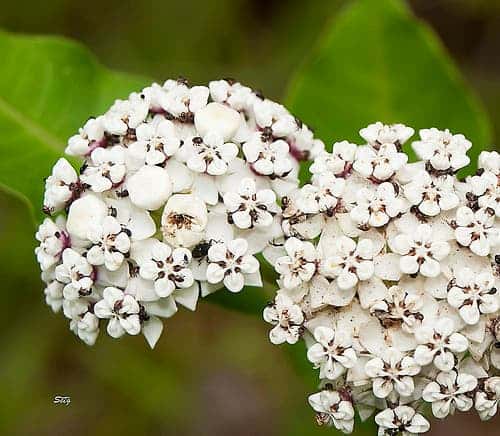The continuous expansion of human cities are forcing habitats, as well as plants and animals, to retreat more and more; however, more and more often there is nowhere else to retreat. As a consequence, plants and animals alike face extinction, and cannot escape this grim fate. Out of the 1,357 plant species that once thrived in New York City, only 771 are still around, mostly due to habitat reduction, but also due to the introduction of pests.
When you sit in the middle of Times Square, it seems hard to believe that a huge numbers of settlers chose this place because of its natural resources; where skyscrapers and hotels reach for the sky now, endless fields of flowers used to rule. There are even stories of early Dutch explorers who were disoriented by the extremely powerful smell of the flowers. In this concrete landscape, it seems there is no place for plants to grow; the people over at NY Times did a nice slideshow of some nice flowers which are extinct, or at least dissappeared from New York.
This definitely makes you wonder about what cities and growing urban areas are doing to the environment, and how big is their impact is, especially in times when the only times when you get peace and quiet are in a vacation.










